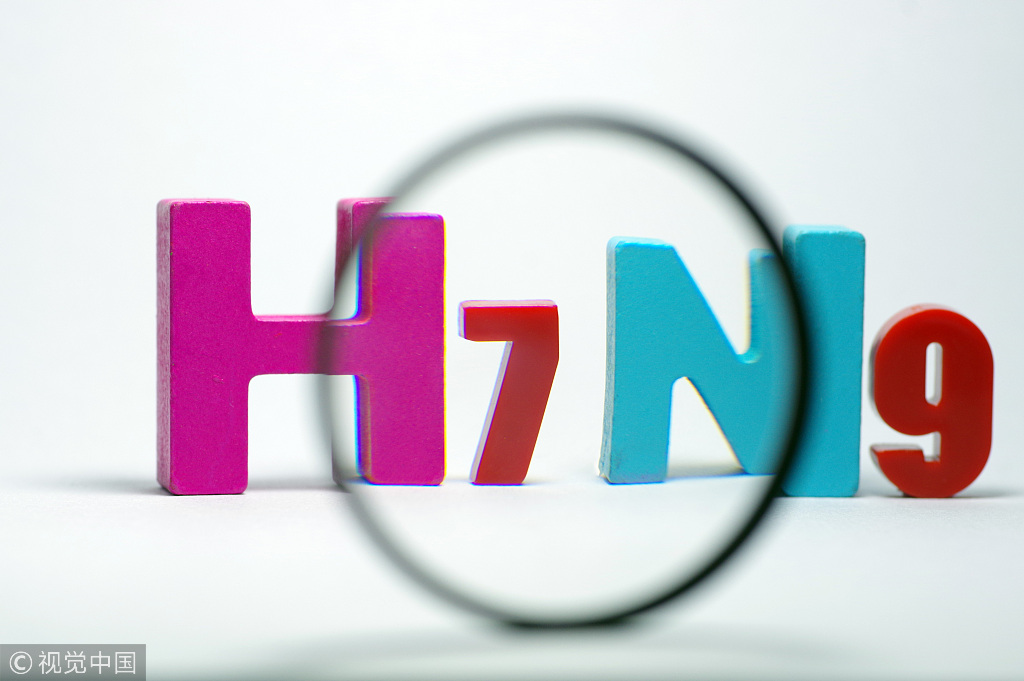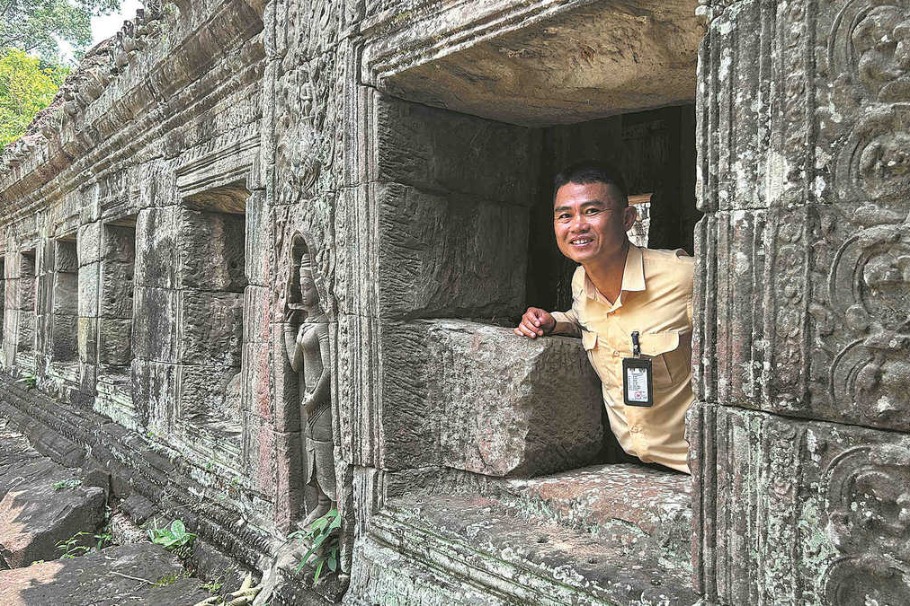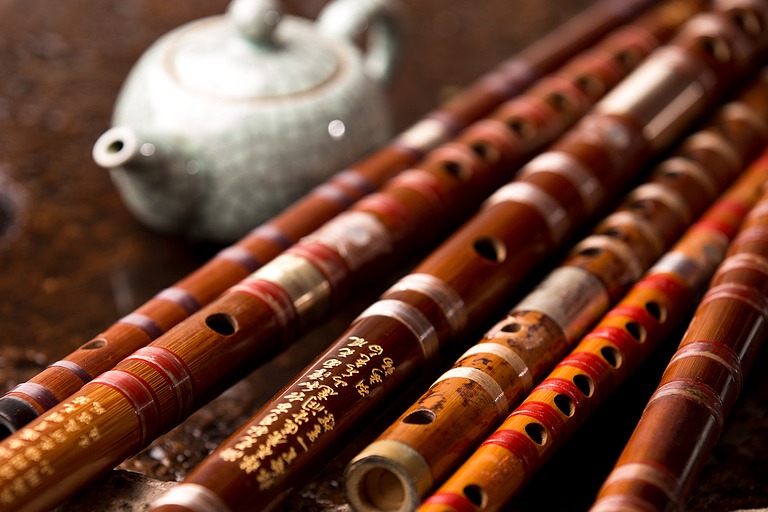US has received five H7N9 viruses from China since May this year


China and the United States have continued to share influenza virus samples for public health. The US Centers for Disease Control and Prevention has received five H7N9 viruses from China CDC since May this year, according to the World Health Organization.
The statement was made in response to some US media allegations that China has been refusing for more than a year to share H7N9 viruses with the US to develop vaccines and treatments.
Influenza virus sharing for public health via the WHO Global Influenza Surveillance and Response System has been ongoing for 66 years, and the China CDC and USCDC are two of six WHO Collaborating Centers participating in GISRS, the WHO said.
Both institutions actively exchange information and materials, such as reference viruses (seasonal, zoonotic and pandemic viruses), sera panels and reagents for risk assessment and development of countermeasures, the organization asserted in a written interview with China Daily on Thursday.
H7N9, which can be transmitted from birds to humans, could have a fatality rate of more than 40 percent for humans, some experts said.
When human cases of H7N9 infection were first detected in 2013 in China, genetic sequencing data was shared rapidly by theChina CDC via GISAID - a publicly accessible database for vaccines, diagnostics and risk assessment. Since that time China CDC has continued to upload genetic sequencing data of recent H7N9 viruses into GISAID, according to the WHO.
Regarding virus material movement, both China CDC and USCDC have continuously exchanged virus samples. Aside from seasonal influenza virus materials, since 2006 China CDC has shared through GISRS a total of 52 influenza viruses of pandemic potential, including H5N1, H5N6, H7N9 and H10N8 subtypes, the WHO said.
An anonymous source with China CDC confirmed the center sent five H7N9 viruses to USCDC in July. "We have always shared viruses," he said.
The New York Times reported on Monday that China has not provided samples of the dangerous virus in the past year despite persistent requests from government officials and research institutions in the US. In the past, such exchanges have been mostly routine under rules established by the WHO, the report said.

































